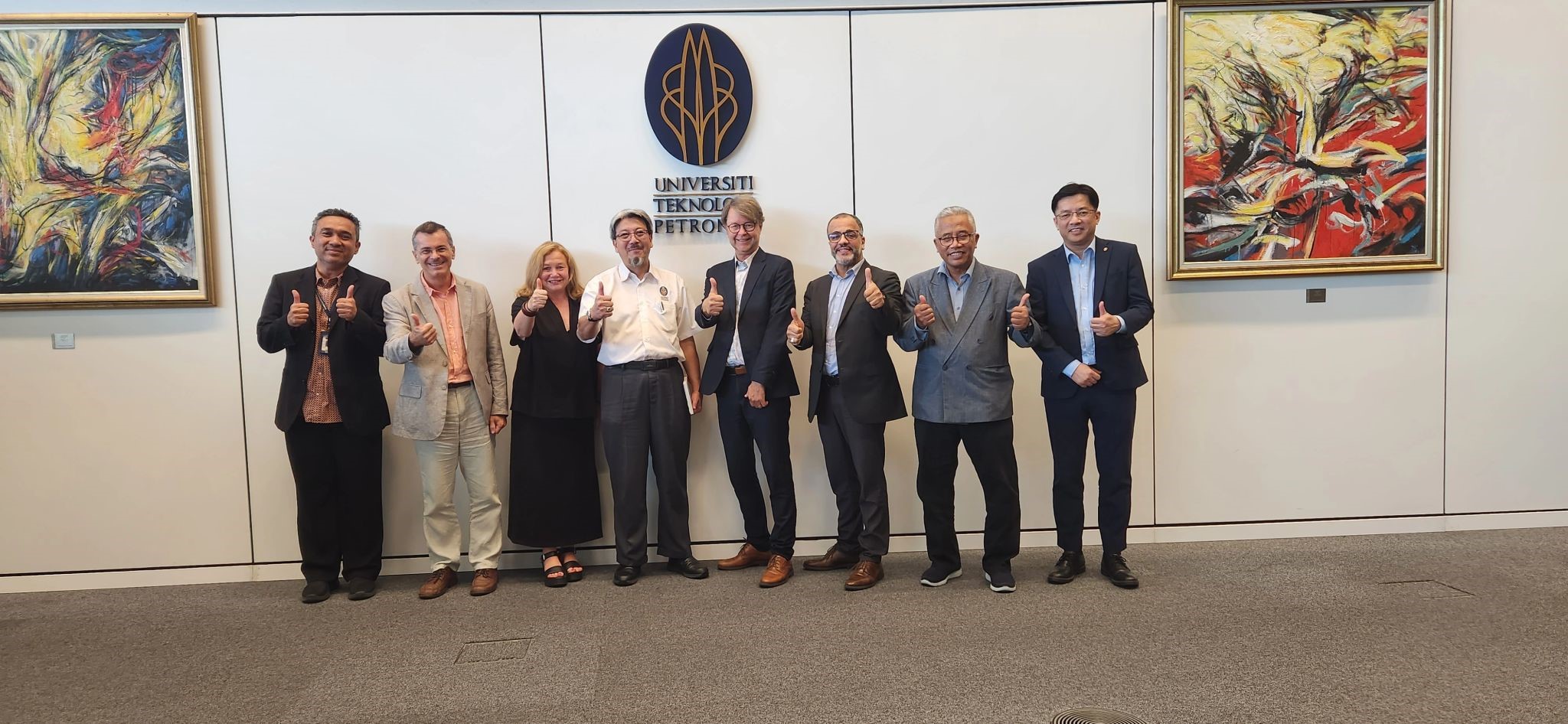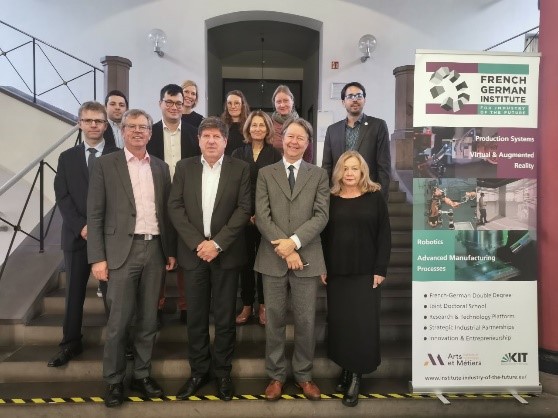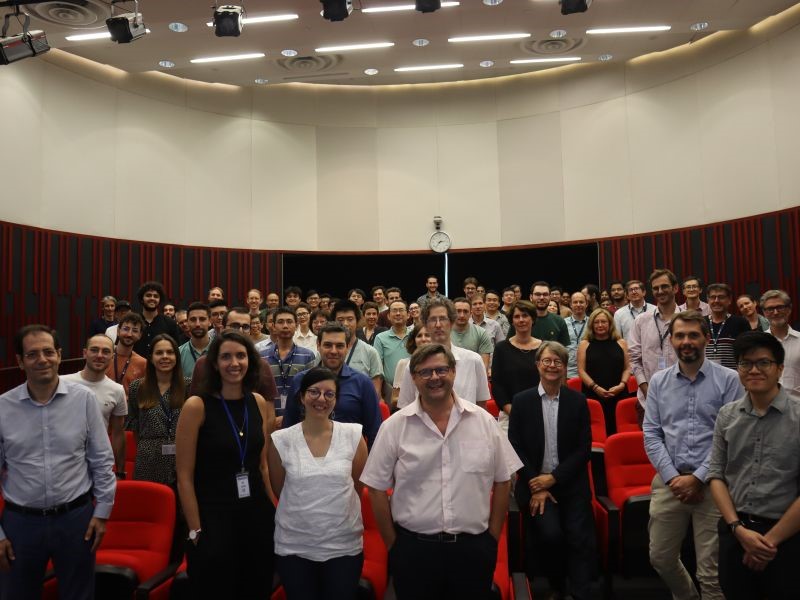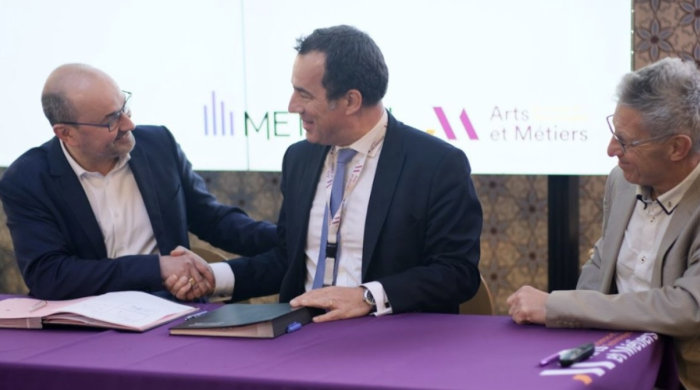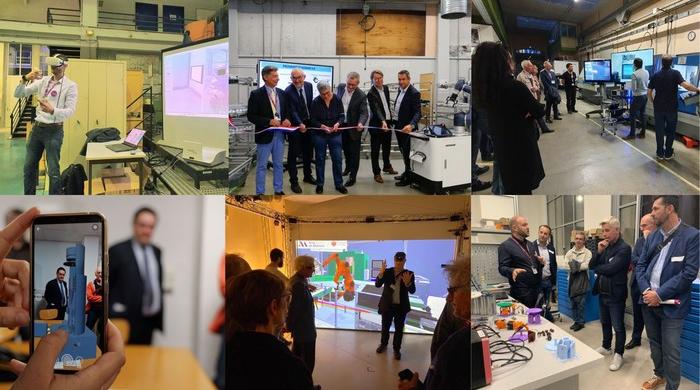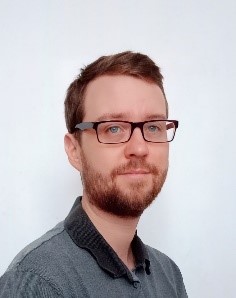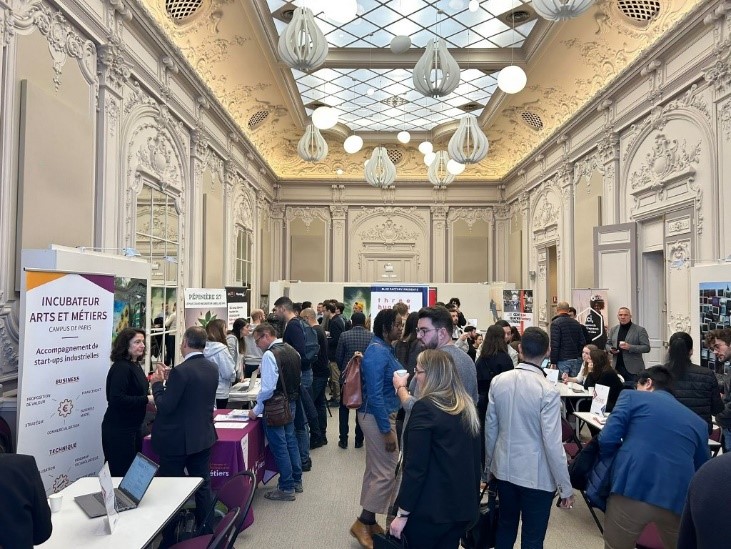The CETIM and Arts et Métiers intend to work together in the ASEAN together.
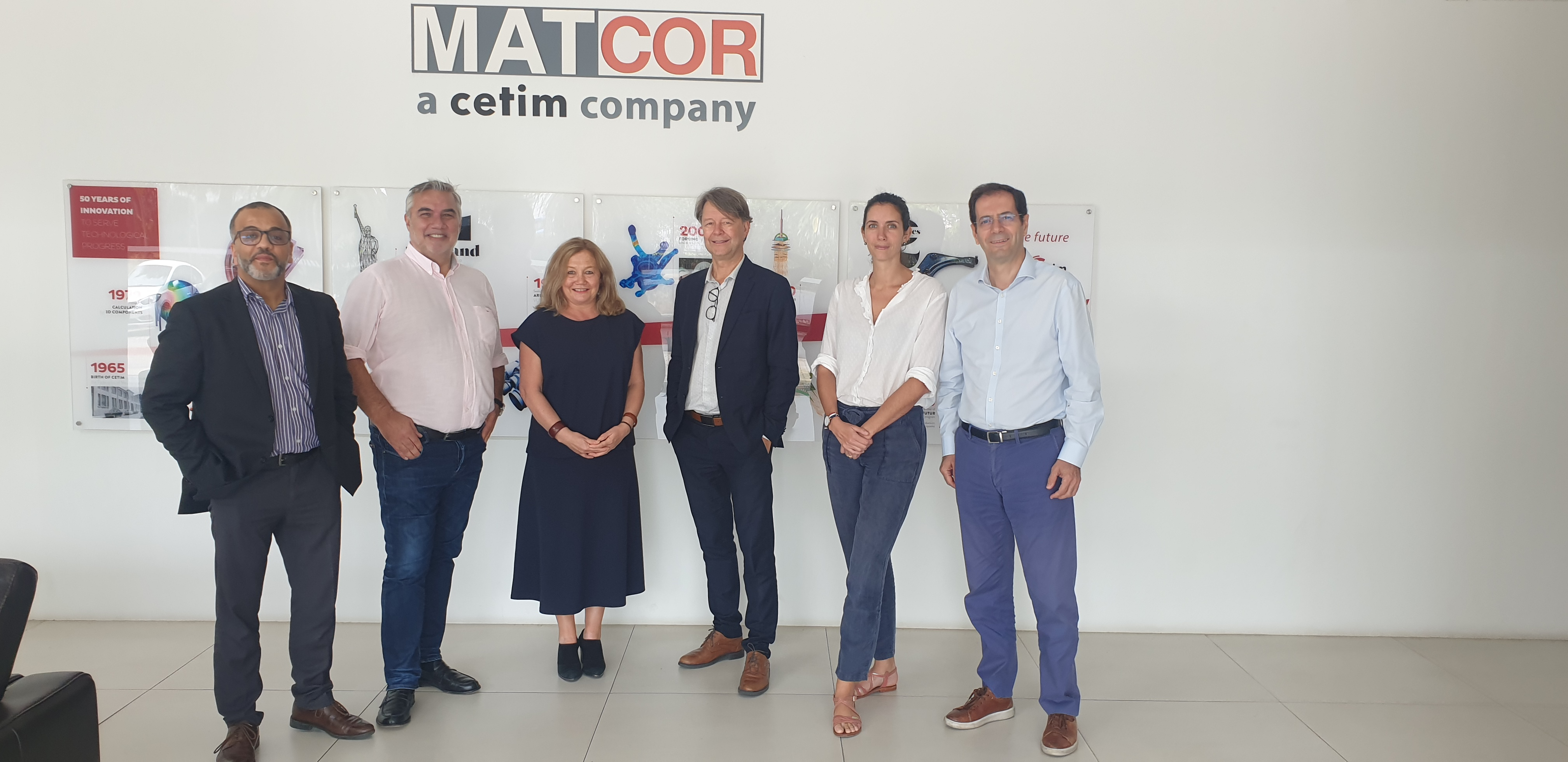
During a meeting between Arts et Métiers' Vice President for Research and Innovation and CETIM's International Director at Matcor (CETIM) in Singapore, discussions focused on the possibility of creating a CETIM/Arts et Métiers alliance for the ASEAN region.

